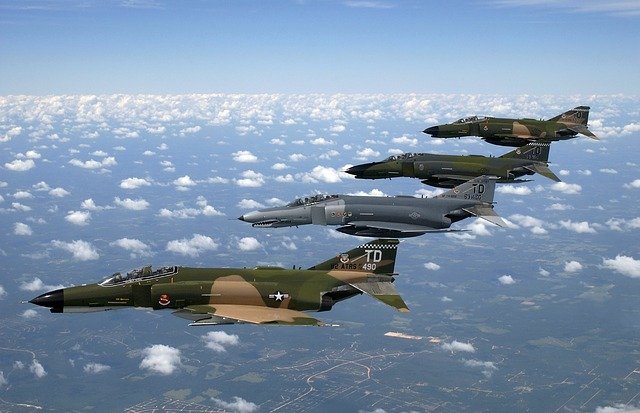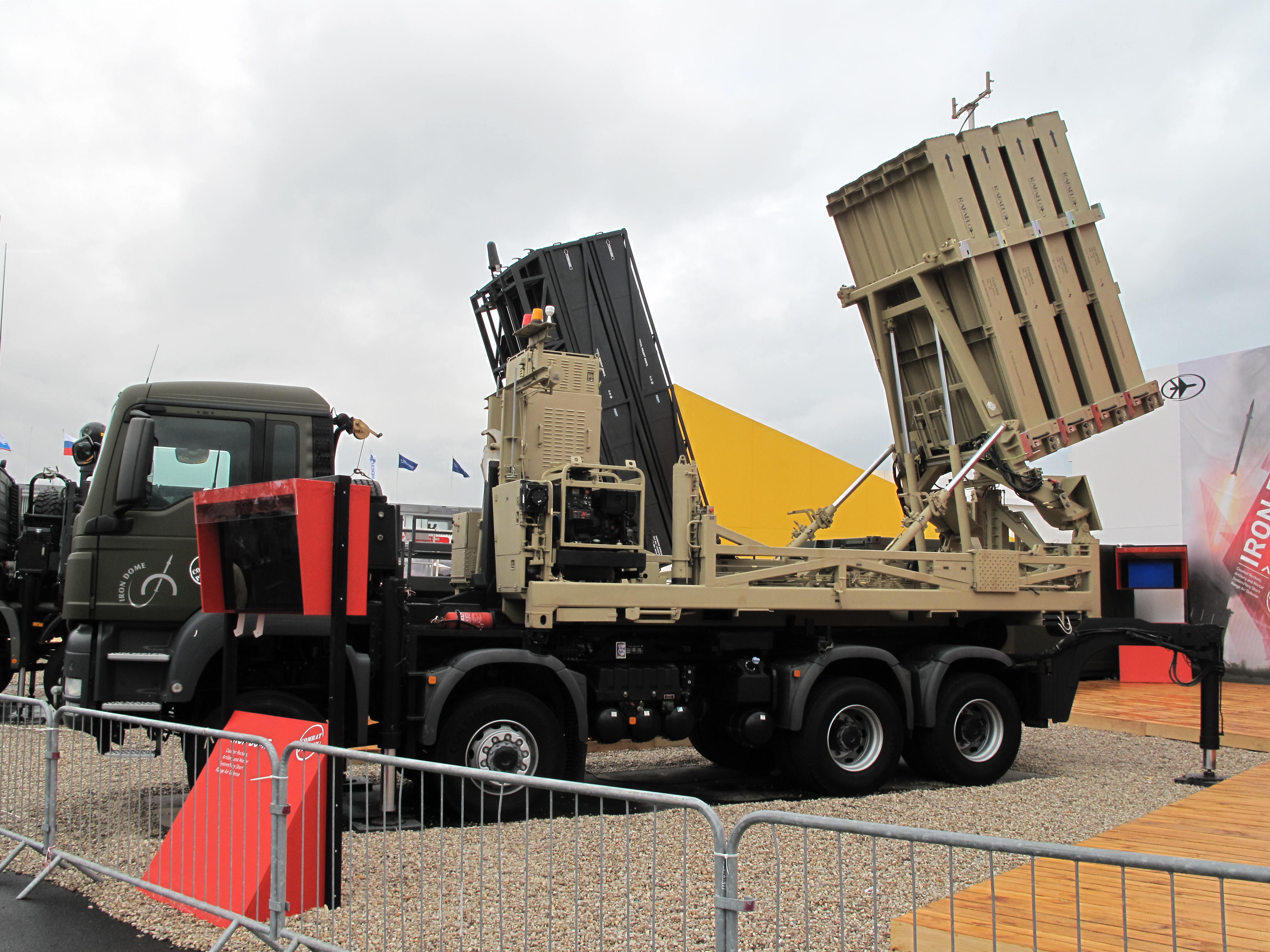Short Range Air Defense

Aerial attacks come at different altitudes in the battlespace. In order to protect the territory from all of these attacks, the defense is divided into three main components that handle the different areas and ranges.
THAAD or terminal high altitude area defense takes care of the farthest threats, while HIMAD or high to medium air defense handles those that are in the middle ranges. SHORAD or short-range air defense is the category of anti-aircraft weaponry that protects the ground territory from low-altitude aircraft weapons and other nearby aerial threats. These threats are mostly low-flying close air support jets and helicopters.
A Brief History of SHORAD
Historically, short-range air defense units were entrenched mainly in the Army for the protection against low-flying enemy aircraft, primarily planes and helicopters. In 2005, air defense artillery units became more in demand as attacks from unmanned aerial systems increased in conflicts in different parts of the world.
Capabilities of SHORAD Systems
Tackling incoming aerial threats from within a short distance is not an easy task. To be efficient in providing protection, a SHORAD system must have a few important components and capabilities.
Compatibility with Current IAMD Systems
Integrated Air and Missile Defense or IAMD is the modern day version of the conventional surface to air missile defense system. An excellent SHORAD system should be fully integrated with the existing architecture of IAMD, allowing for the easy and systematic taking out of air threats.
Command and Control
The ability to sense incoming threats would be futile without clear and accurate communication to ensure total situational awareness. There should be a means to provide a distinct and precise single integrated air picture to each of the weapons in the SHORAD system, together with weapon control and orders for engagement.
Aerial Threat Warning
Despite the high accuracy in countering aerial attacks and supreme precision in taking out short-range aerial threats, there should always be a warning system for the protection of ground troops and civilians.
